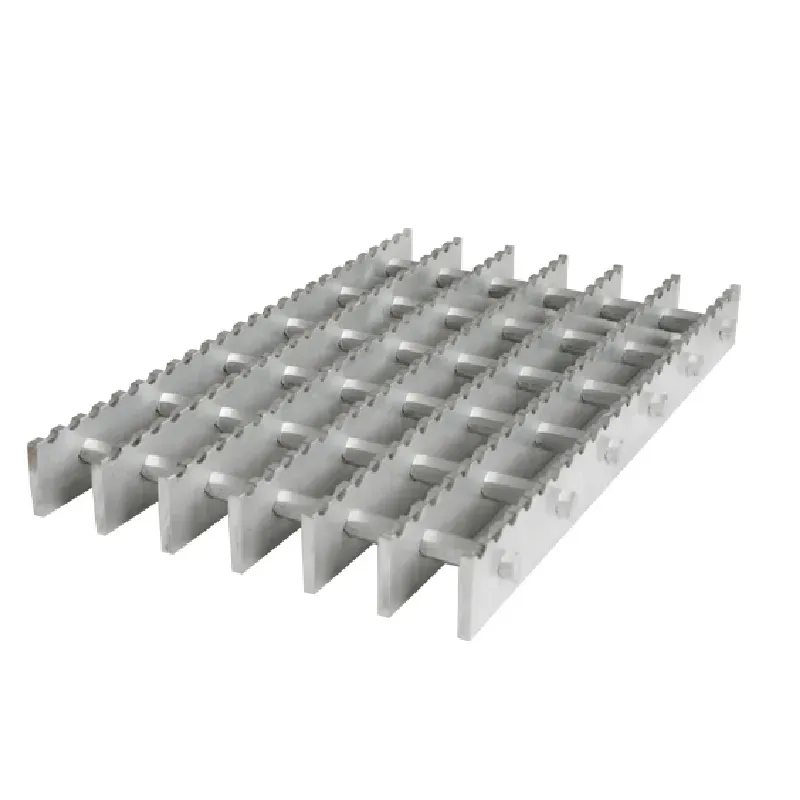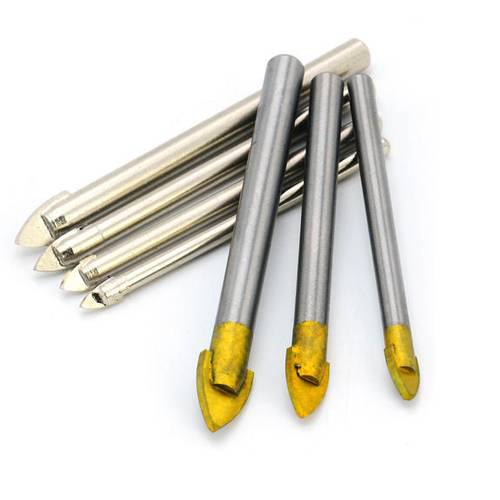- Industrial zone, South of Anping Town, Hengshui, Hebei, China.
- sales@hfpetromesh.com
- +86-18931809706
 Afrikaans
Afrikaans  Albanian
Albanian  Amharic
Amharic  Arabic
Arabic  Armenian
Armenian  Azerbaijani
Azerbaijani  Basque
Basque  Belarusian
Belarusian  Bengali
Bengali  Bosnian
Bosnian  Bulgarian
Bulgarian  Catalan
Catalan  Cebuano
Cebuano  Corsican
Corsican  Croatian
Croatian  Czech
Czech  Danish
Danish  Dutch
Dutch  English
English  Esperanto
Esperanto  Estonian
Estonian  Finnish
Finnish  French
French  Frisian
Frisian  Galician
Galician  Georgian
Georgian  German
German  Greek
Greek  Gujarati
Gujarati  Haitian Creole
Haitian Creole  hausa
hausa  hawaiian
hawaiian  Hebrew
Hebrew  Hindi
Hindi  Miao
Miao  Hungarian
Hungarian  Icelandic
Icelandic  igbo
igbo  Indonesian
Indonesian  irish
irish  Italian
Italian  Japanese
Japanese  Javanese
Javanese  Kannada
Kannada  kazakh
kazakh  Khmer
Khmer  Rwandese
Rwandese  Korean
Korean  Kurdish
Kurdish  Kyrgyz
Kyrgyz  Lao
Lao  Latin
Latin  Latvian
Latvian  Lithuanian
Lithuanian  Luxembourgish
Luxembourgish  Macedonian
Macedonian  Malgashi
Malgashi  Malay
Malay  Malayalam
Malayalam  Maltese
Maltese  Maori
Maori  Marathi
Marathi  Mongolian
Mongolian  Myanmar
Myanmar  Nepali
Nepali  Norwegian
Norwegian  Norwegian
Norwegian  Occitan
Occitan  Pashto
Pashto  Persian
Persian  Polish
Polish  Portuguese
Portuguese  Punjabi
Punjabi  Romanian
Romanian  Russian
Russian  Samoan
Samoan  Scottish Gaelic
Scottish Gaelic  Serbian
Serbian  Sesotho
Sesotho  Shona
Shona  Sindhi
Sindhi  Sinhala
Sinhala  Slovak
Slovak  Slovenian
Slovenian  Somali
Somali  Spanish
Spanish  Sundanese
Sundanese  Swahili
Swahili  Swedish
Swedish  Tagalog
Tagalog  Tajik
Tajik  Tamil
Tamil  Tatar
Tatar  Telugu
Telugu  Thai
Thai  Turkish
Turkish  Turkmen
Turkmen  Ukrainian
Ukrainian  Urdu
Urdu  Uighur
Uighur  Uzbek
Uzbek  Vietnamese
Vietnamese  Welsh
Welsh  Bantu
Bantu  Yiddish
Yiddish  Yoruba
Yoruba  Zulu
Zulu
- Afrikaans
- Albanian
- Amharic
- Arabic
- Armenian
- Azerbaijani
- Basque
- Belarusian
- Bengali
- Bosnian
- Bulgarian
- Catalan
- Cebuano
- Corsican
- Croatian
- Czech
- Danish
- Dutch
- English
- Esperanto
- Estonian
- Finnish
- French
- Frisian
- Galician
- Georgian
- German
- Greek
- Gujarati
- Haitian Creole
- hausa
- hawaiian
- Hebrew
- Hindi
- Miao
- Hungarian
- Icelandic
- igbo
- Indonesian
- irish
- Italian
- Japanese
- Javanese
- Kannada
- kazakh
- Khmer
- Rwandese
- Korean
- Kurdish
- Kyrgyz
- Lao
- Latin
- Latvian
- Lithuanian
- Luxembourgish
- Macedonian
- Malgashi
- Malay
- Malayalam
- Maltese
- Maori
- Marathi
- Mongolian
- Myanmar
- Nepali
- Norwegian
- Norwegian
- Occitan
- Pashto
- Persian
- Polish
- Portuguese
- Punjabi
- Romanian
- Russian
- Samoan
- Scottish Gaelic
- Serbian
- Sesotho
- Shona
- Sindhi
- Sinhala
- Slovak
- Slovenian
- Somali
- Spanish
- Sundanese
- Swahili
- Swedish
- Tagalog
- Tajik
- Tamil
- Tatar
- Telugu
- Thai
- Turkish
- Turkmen
- Ukrainian
- Urdu
- Uighur
- Uzbek
- Vietnamese
- Welsh
- Bantu
- Yiddish
- Yoruba
- Zulu
Durable Heavy-Duty Bar Grates Metal for Floors & Walkways Industrial Strength
- Defining bar grates metal
fundamentals and applications - Technical advantages and material properties explained
- Performance data analysis through comparative metrics
- Manufacturer comparison for industrial buyers
- Custom engineering solutions for specialized projects
- Application case studies across industries
- Implementation considerations and safety standards

(bar grates metal)
Bar Grates Metal: Engineered Solutions for Demanding Environments
Industrial flooring demands precision engineering where bar grates metal systems provide critical infrastructure support. These open-grid assemblies combine load-bearing capacity with environmental management capabilities essential for manufacturing plants, wastewater facilities, and transportation hubs. The fundamental architecture interconnects load bars and cross rods through resistance welding, creating rigid platforms that withstand extreme conditions. Architects increasingly specify metal walking grates for pedestrian zones requiring slip resistance and chemical resilience. Beyond standard configurations, heavy duty metal floor grates solve unique structural challenges in power generation and maritime settings where corrosion exposure eliminates conventional materials.
Technical Superiority in Industrial Grating Systems
Material composition determines performance benchmarks in metal grating applications. Carbon steel variants rated for 250 MPa yield strength typically serve general industrial purposes, while galvanized coatings extend service life to 25+ years in moderate corrosion environments. For chemical processing facilities, 316L stainless steel demonstrates 0.08mm/year corrosion rates in pH 1-12 exposure. Load distribution capabilities separate category leaders - properly engineered bar grates metal achieve 5,000 lb/ft² static loads through cross-rod integration. Fire resistance remains paramount, with steel gratings maintaining structural integrity at 1000°F when coated with intumescent sealants. Thermal expansion coefficients require precise calculations, as standard carbon grating expands 6.7mm per 10-meter span during 100°C temperature fluctuations.
Performance Metrics Through Comparative Testing
Laboratory validation separates marketing claims from engineering reality. Standardized ISO 14122 testing reveals significant performance variations:
| Performance Metric | Entry-Level | Mid-Grade | Heavy Duty Metal |
|---|---|---|---|
| Deflection at 150% Load | 9.8mm | 5.2mm | 2.1mm |
| Slip Resistance (DIN 51130) | R9 Rating | R11 Rating | R13 Rating |
| Corrosion Cycles (ASTM B117) | 500 hours | 1,000 hours | 2,000+ hours |
| Fatigue Strength Cycles | 1 million | 2 million | 5 million+ |
| Impact Resistance (Joules) | 45 J | 80 J | 140 J |
Industry Leader Capability Assessment
Procurement decisions require evaluating manufacturer specialties across technical dimensions. Market leaders offer significant advantages in specialized applications:
| Supplier | Max Span (m) | Custom Fabrication | Specialized Alloys | Delivery Lead Time |
|---|---|---|---|---|
| Standard Industrial | 3.2 | Limited | Carbon Steel | 4 weeks |
| Midwest Grating Co. | 4.8 | Moderate | Stainless Grades | 5 weeks |
| Heavy Duty Solutions Inc. | 6.4 | Full Service | Duplex/Marine | 6 weeks |
| Marine & Offshore Grating | 8.2 | Special Projects | Super Duplex | 8 weeks |
Engineered Customization for Complex Requirements
Beyond standard sizes, advanced fabricators develop application-specific configurations through:
- Non-standard bearing bar arrangements: Variable spacing from 15/16" to 6" centerlines
- Compound curvature forming: Radii adaptations for structural integration
- Alloy hybridization: Carbon steel frames with stainless load surfaces
- Access integration: Hinged sections for below-deck maintenance
- Enhanced drainage: 15-40% open area adjustments
The Philadelphia refinery project exemplified customized engineering, where titanium-nickel alloy metal walking grates resisted 98°C sulfuric acid exposure while supporting 18-ton chemical reactors. Fabrication required 0.08mm tolerance precision across 112 irregular sections totaling 12,000 ft².
Documented Performance Across Industrial Sectors
Real-world installations validate engineering specifications across critical environments:
- Wastewater Treatment: Duplex stainless installations at Detroit Metro Plant show 0.003mm/year corrosion after 7 years of continuous H₂S exposure
- Power Generation: Turbine deck platforms at Georgia Power Facility withstand 115dB vibrations for 80,000 operational hours
- Marine Terminals: 316L heavy duty metal floor grates at Long Beach Port show zero fatigue cracks after 17 million forklift passes
- Food Processing: USDA-compliant grating systems reduce sanitation labor by 35% at Tyson poultry plants
Implementing Compliant Metal Walking Grates
Proper installation requires addressing structural dynamics often overlooked in specification. The ANSI/NAAMM MBG 531 standard mandates 1:200 deflection limitations under full load, necessitating professional span calculations, particularly for cantilevered sections. Barrier requirements per IBC Section 1012 include 42" minimum height with intermediate rails when adjacent to elevation changes exceeding 30". Slip resistance ratings must correspond to environmental conditions - R10 classifications suffice for interior stairs, while offshore platforms demand R13 surfaces. Fire egress considerations involve maintaining clear 36" pathways meeting NFPA 101 illumination requirements. During the Denver Airport expansion, installation precision ensured 0.18° pitch consistency across 14,000 ft² of interconnected metal walking grates for seamless drainage.

(bar grates metal)
FAQS on bar grates metal
Q: What are the primary applications of bar grates metal?
A: Bar grates metal are commonly used in industrial settings, walkways, and drainage systems to provide secure footing and efficient water runoff. They enhance safety with their sturdy design and prevent slips.Q: What advantages do metal walking grates offer for outdoor use?
A: Metal walking grates deliver excellent durability, corrosion resistance, and high load-bearing capacity. They ensure long-lasting performance in harsh environments like docks or construction sites.Q: How sturdy are heavy duty metal floor grates for supporting heavy equipment?
A: Heavy duty metal floor grates are designed to handle intense weights, such as machinery or vehicles. Their reinforced construction ensures reliable support while maintaining safety standards.Q: Where are bar grates metal typically installed in commercial buildings?
A: They are installed in areas like stair treads, mezzanines, and entranceways. This placement optimizes safety and drainage while providing a robust surface for foot traffic.Q: What maintenance tips apply to metal walking grates?
A: Regularly clean them with mild detergent and water to remove debris. Inspect for corrosion and apply protective coatings as needed to extend their lifespan.-
The Role of Shale Shaker ScreensNewsJun.11,2025
-
Steel Grating Remains a Superior ChoiceNewsJun.11,2025
-
Does Safety Net Mean in the Modern Construction WorldNewsJun.11,2025
-
Concrete Weight Coating in Offshore Pipeline StabilityNewsJun.11,2025
-
Choosing the Right Steel Grating CompanyNewsJun.11,2025
-
Best Shale Shaker Screen for SaleNewsJun.11,2025